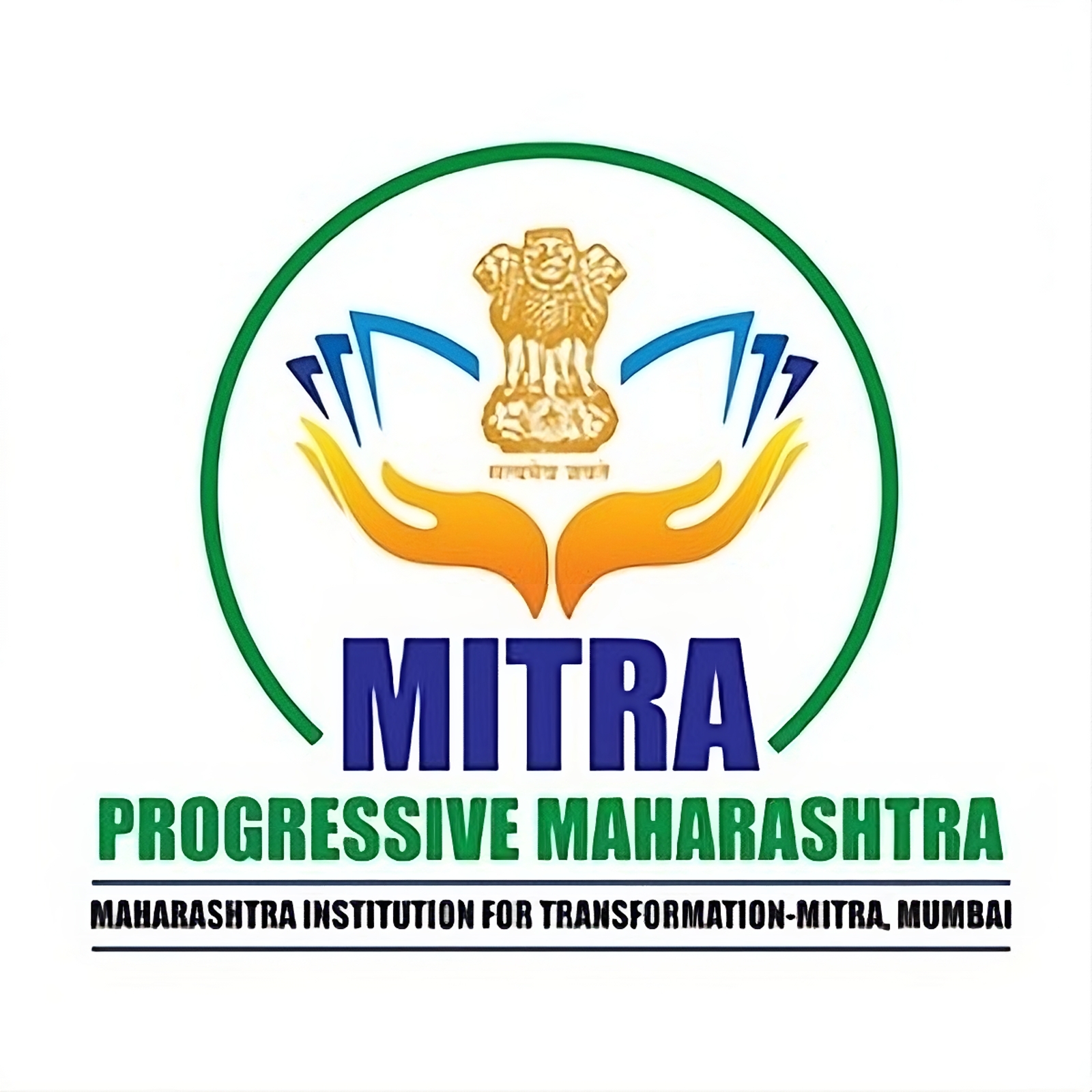Public Health
Introduction- Public Health Infrastructure in Maharashtra
Maharashtra is a dynamic exemplar of progress and diversity, with a significant narrative in public health shaping the well-being of over 120 million citizens. The state’s commitment to public health and nutrition is integral to its vision for a healthier, more prosperous future. This commitment is reflected in an extensive network of healthcare facilities, including hospitals, clinics, and medical institutions, laying a solid foundation for public health services. The three pillars underpinning this infrastructure are Primary Health Centers (PHCs), tertiary care institutions, and medical education facilities.
- Primary Health Centers (PHCs): Maharashtra, with the highest number of PHCs in the country (686), emphasizes community-based preventive and basic healthcare, especially in remote areas.
- Tertiary Care Institutions: These institutions, known for advanced medical facilities and specialized care, address complex health issues and form the second pillar of the public health system.
- Medical Education Facilities: The state’s medical education institutions are pivotal in producing skilled healthcare professionals. However, a scarcity of medical colleges hampers access to healthcare, particularly in underserved regions.
Key Opportunities and Focus Areas
The COVID-19 pandemic highlighted the need for significant enhancements in Maharashtra’s public health infrastructure. Key areas for improvement include:
- Resilient Infrastructure: The pandemic exposed the healthcare system’s vulnerabilities, including a shortage of medical personnel and inadequate disease surveillance.
- Access to Secondary & Tertiary Care: There’s a stark contrast in hospital bed availability across districts, with a state average of 1.8 beds per 1,000 people.
- Medical Human Resources: Maharashtra faces a deficit in medical personnel, with a doctor-to-population ratio of 0.84 per 1,000, far below the national average.
- Medical Education Accessibility: The limited number of medical education seats and higher costs compared to other states pose significant challenges.
- Quality Drug Procurement: The state struggles with efficient procurement of affordable quality drugs, impacting out-of-pocket expenses for patients.
Future Roadmap & Output-Oriented Solutions:
The Healthcare ecosystem envisages to implement advanced medical facilities to enhance access to quality and affordable tertiary healthcare and medical education. Emphasis is placed on:
- Enhancing Medical Education and Tertiary Care Facilities: Focus on increasing capacity and quality in these areas.
- Gender Equitable Human Resources: Aiming to balance the gender distribution in medical staffing.
- Strengthening Medical Education Systems: Addressing the limitations in medical education to ensure a consistent supply of skilled healthcare professionals.
- Maternal and Child Health Improvement: Targeting reduced maternal and infant mortality rates.
- Enhanced Secondary Hospital Services: Upgrading services and staffing at secondary-level hospitals.
These objectives align with sustainable development goals specific to public health, aiming to significantly reduce mortality rates, combat diseases, and achieve universal health coverage by 2030.
MITRA’s Role in Strengthening Public Health Ecosystem:
MITRA undertakes key initiatives to bolster Maharashtra’s public health infrastructure:
- Autonomy to Public Hospitals: Advocating for administrative autonomy in public health institutions to improve service delivery
- Improvement of Women and Child Health: Addressing malnourishment and health issues through policy amendments, including the introduction of long-term injectable contraceptives.
- Capacity Building of Public Health Officers: Training administrative personnel in public health institutions and advocating for a dedicated Public Health Cadre in Maharashtra.
These efforts by MITRA are geared towards creating a robust, responsive, and equitable public health system, capable of meeting contemporary challenges and future demands.

